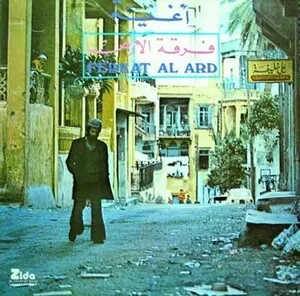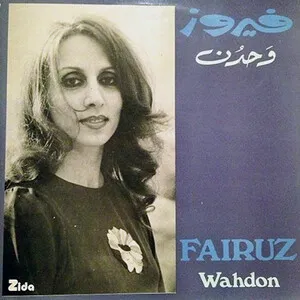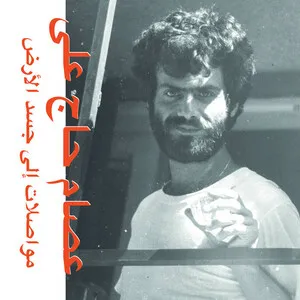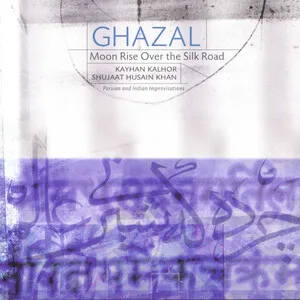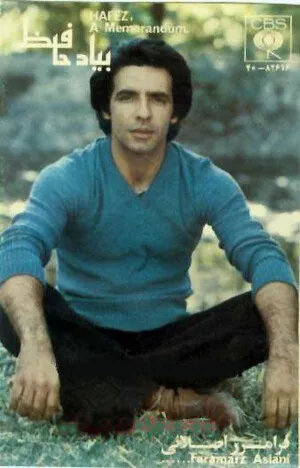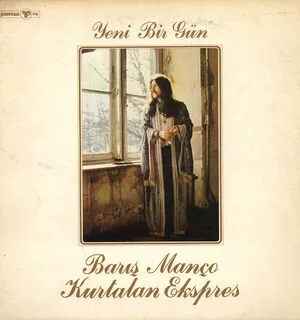West Asian music is a broad regional tradition that encompasses the art, folk, and popular musics of the Middle East and surrounding areas, including the Levant, Anatolia, Mesopotamia, the Arabian Peninsula, Iran, and the South Caucasus.
It is distinguished by modal systems such as the Arabic maqām, Persian dastgāh, Azerbaijani mugham, and related Turkish makam, by flexible microtonal intonation and richly ornamented melodic lines, and by cyclical rhythmic patterns (īqāʿ/usul) that range from simple dance grooves to complex 10/8, 9/8, and 7/8 cycles. Core timbres come from instruments like the oud, ney, qanun, kamancheh, santur, tar, saz/bağlama, duduk, riqq, darbuka, daf, and bendir, alongside powerful and melismatic vocal traditions shaped by poetry and devotional aesthetics.
Texts often draw on classical Arabic, Persian, Turkish, Armenian, Kurdish, or Azeri poetry (e.g., qasida, ghazal), and performance commonly balances composed forms (samāʿi, pesrev, longa) with improvisation (taqsīm, āvāz). The result is a heterophonic, expressive, and historically layered soundworld that has deeply influenced sacred chant, folk repertories, and modern popular music across and beyond the region.
West Asian music traces its roots to ancient Mesopotamia, where early instruments, tuning ideas, and musical notations emerged. Contacts with Ancient Greek music and other neighboring cultures fostered exchange of modal thinking, theory writing, and performance practice.
From the 8th to 13th centuries, under Abbasid and subsequent courts, scholars such as al-Kindī and al-Fārābī codified theory that shaped the maqām/makam/dastgāh worlds. Ottoman, Safavid, and other courts professionalized ensembles, crystallized forms (e.g., samāʿi, pesrev), and refined rhythmic cycles (īqāʿ/usul), while oral lineages transmitted repertoires like the Persian radif and Iraqi maqām.
Parallel to courtly music, sacred chant (Byzantine, Syriac) and Sufi devotional practices nurtured melismatic singing, modal aesthetics, and improvisation. Poetry (ghazal, qasida) provided the textual backbone for vocal genres, intertwining literary and musical artistry.
In the 20th century, radio, records, and conservatories standardized repertoires and pedagogy across Turkey, the Arab world, Iran, Armenia, and Azerbaijan. Urban cosmopolitan hubs popularized star vocalists and instrumental virtuosi, while folk traditions adapted to new media.
Late 20th and 21st centuries saw crossovers with jazz, classical, and global pop, as well as microtonal and historically informed revivals. Diasporic communities and digital platforms expanded audiences, while ensembles continue to balance oral transmission with conservatory training.
Choose a modal framework (e.g., maqām Rast, Hijaz, Bayati; dastgāh Shur; or a Turkish makam). Learn its scalar pathway, characteristic microtonal intervals, and typical melodic phrases (sayr). Treat the tonic and finalis with care, and outline important jins/tetrachords when crafting themes.
Select an īqāʿ/usul to structure the piece (e.g., maqsum 4/4, samāʿi thaqīl 10/8, aksak 9/8). Alternate composed sections (e.g., samāʿi, longa, pesrev) with improvisation (taqsīm/āvāz) to showcase the mode and build narrative tension and release.
Combine core instruments like oud, ney, qanun, kamancheh, santur, tar, saz/bağlama, and frame drums (daf, riqq, bendir). Tune sympathetically to modal intonation; let open strings and sympathetic resonance color the drone and cadences.
Write singable, melismatic melodies with nuanced slides, trills, mordents, turns, and expressive vibrato. Use heterophony: allow multiple instruments to render the same melody with individualized ornamentation and subtle rhythmic offsets.
Set poetry (ghazal/qasida) or contemporary lyrics in Arabic, Persian, Turkish, Armenian, Kurdish, or Azeri. Match prosody to rhythmic cycles and cadence points, and use refrain-like phrases to anchor longer forms.
Open with taqsīm to establish the mode; move through composed sections with dynamic contrast; return to improvisation for climactic exploration; and close with a cadential gesture on the tonic. In studio, preserve natural room ambience and transient detail; avoid over-quantization to retain expressive timing.


